Kerry Washington covers the latest issue of Variety to promote her new Hulu series, Little Fires Everywhere, based on the Celeste Ng book. Since I haven’t read that book, I didn’t know what the story actually was about other than Reese Witherspoon and Kerry’s characters having some kind of beef. Turns out, the series is about Shaker Heights, a community in Ohio which gets racially “integrated” in the 1990s. Chaos and racism ensue. Kerry discusses all of that and more with Variety – you can read the full piece here. Some highlights:
Working with Shonda Rhimes on Scandal: “I had such a beautiful, collaborative relationship on ‘Scandal’ with Shonda, and I think that made me feel like, going forward in my career, I only wanted to work on projects where I felt I could be heard.”
Working as an executive producer now: All her projects operate on the belief that, as Washington puts it, “everyone is, and deserves to be, the center of their own story — and that there aren’t certain kinds of people who get to be the leaders or protagonists, or others who must be supporting characters.”
Her family immigrated from the Caribbean. “My family came here to try and achieve some sort of American dream, and I think to try and be the heroes of their own story. There’s a lot of that inspiration in there. What does it mean to venture outside your own comfort zone and world and try to reach for the heroic meaning of your own journey?”
She first worked with Reese on Time’s Up, then Reese brought her LFE: “We all started to want to partner professionally as we were partnering in this activist, humanitarian space. A lot of us started building opportunities for us to work together, because we felt like we could control, or impact, the culture in our environments.”
Racism in the ‘90s: “There was a lot of focus in the ’90s on being ‘color-blind,’ on making color unimportant, in some ways to make people feel more comfortable being around people of a different race. We’re at a point now when we know it does matter who we are with regard to race and gender, and it doesn’t serve us to run away from that.”
White fragility was discussed at every level of the project: Washington and Witherspoon talked in-depth about their vastly different upbringings and their levels of awareness about the inextricable intersections of race and privilege in America. (Witherspoon freely admits that as a white person raised in Nashville, such history “wasn’t explained very well” to her, if at all.) Many people in Hollywood would shy away from these kinds of conversations, but Washington relishes the chance to have them. “In the real world, Reese and I are not supposed to be friends,” she says. “I grew up in the Bronx a block away from the projects, and she grew up in Nashville, Tennessee.”
I remember the story about Reese working with Mindy Kaling and innocently asking Mindy how many times Mindy has had to write a part for herself, and Mindy telling her that’s the only way she works, when she creates and writes her own roles. And Reese was like “WHAT?” This reminded me of that conversation, because I feel like Reese’s learning curve has been steep as hell but I have to give her some credit for actually trying, I guess. A lot of women in her position do not try and do not open themselves to the criticism that they’re clueless.
As for what Kerry says here… she made me think a lot about what it was actually like in the ‘90s and how I was in a mostly white school and all of that. It wasn’t even that “color blindness” was a thing, at least I don’t remember it that way. I just remember how, in retrospect, everything was a white space as an absolute default, you know?
Photos courtesy of WENN, cover courtesy of Variety.

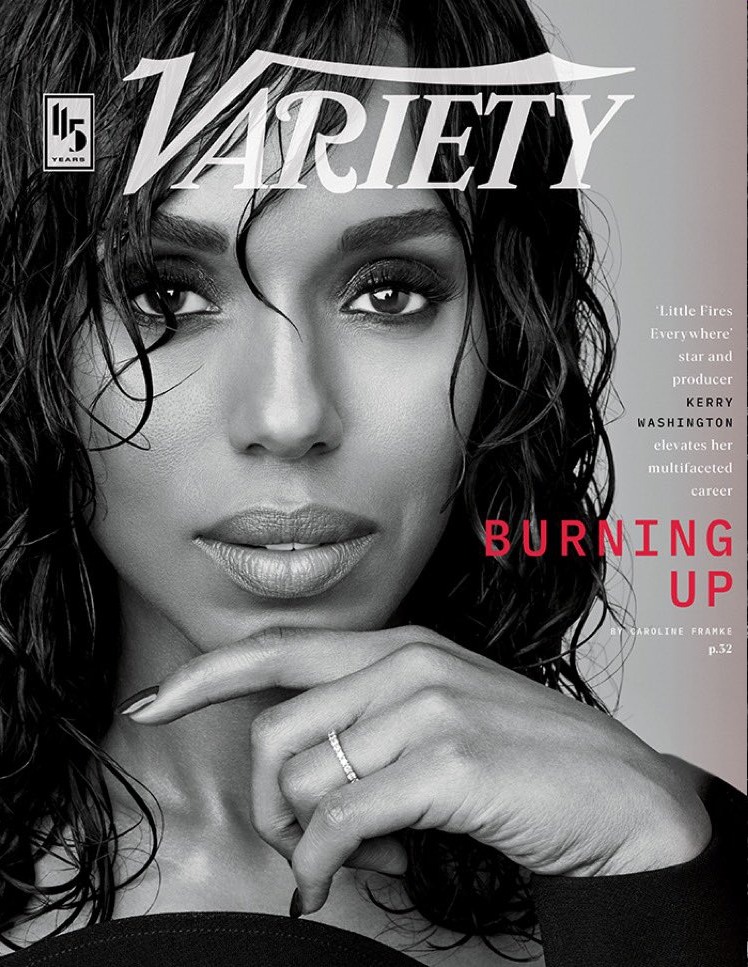
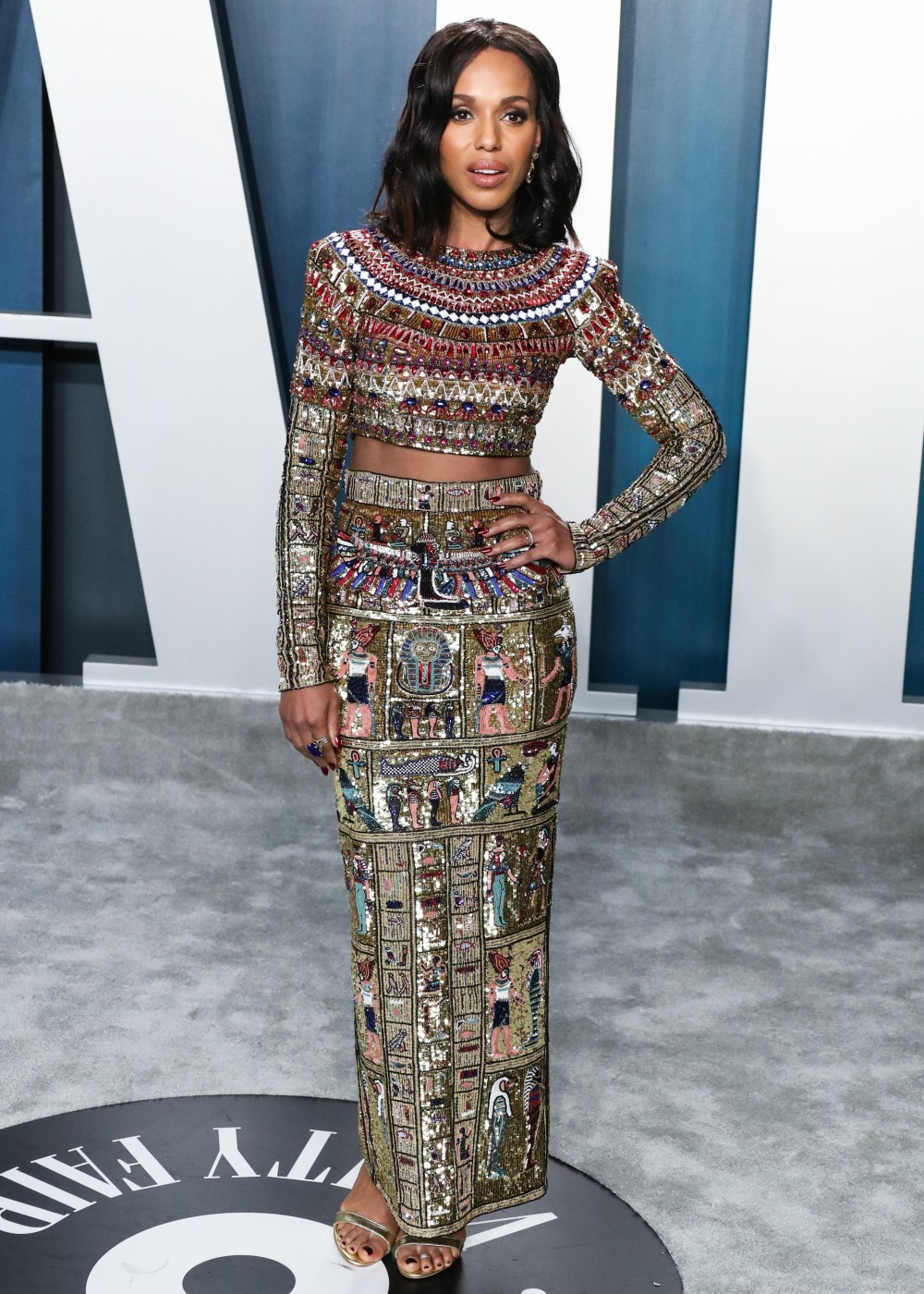
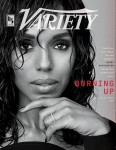
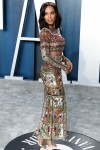
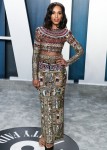










Oh I absolutely remember that and agree with her. “The color of your skin doesn’t matter, I love everyone,” was totally a thing. (A thing the Kardashian’s still try to do to get around appropriation.) But yeah, I think we’ve totally come away from that to realize pretending we’re all the same does not get us equality.
I was completely on board with the color blindness thing in the 90s. My friends were diversified, and sure, we talked about inequalities, but as a whole, the temperature was satiated by treating symptoms and not underlying problems. I thought everything was getting better, and I thought most Americans were on the same page.
Social media blew up my world. And a local message board, which I became a part of around 2005, hobbled me. My heart and soul began to ache persistently. I was confronted, head on, with what poc talk about and what they have to endure from ignorant AF m’fing assholes. Being colorblind only works if everyone is colorblind. That’ll never happen. As a white woman, it’s my duty and responsibility to tell white people to STFU and STFD every second of every day.
Yes, there definitely was a climate in the 90s of ‘we’re over all the problems and we’re all in this together now’ which was a total delusion like our current politics and social inequalities have drastically shown us white people recently. How naive and blind (not colour blind) were we…
Very thankful for the internet, as you say, to raise so many issues that we not discussed in the past.
I remember the ‘I don’t see colour’, which was humanist stance, claiming that we all have the same blood, and we all have feeling, love etc.
Which goes to show that humanism needs to be revisited and re-evaluated like white feminism did.
I’m no Reese Witherspoon stan by any means, but I applaud that she has (at least it appears) tried to learn and grow outside of her bubble about eal life issues like race and culture. I’m glad she is putting herself in the space of learning about other’s experiences rather than just continuing to talk about her own. Let’s hope it translates into more projects like LFE.
Also, Kerry Washington is ageless. This woman looks stunning and the same as she did ten years ago.
I grew up as a white girl in Colorado, so I also didn’t grow up with any understanding at all of race – it wasn’t something we talked about, although I don’t think anyone would have considered themselves “racist” – it was just an incredibly homogenous community. We weren’t forced to confront it because everyone looked the same.
I now live in TX and have a biracial family. My kids are not Caucasian and attend schools that are predominately not white. I now understand how completely clueless I was. Before raising my kids, I would have probably said that not seeing color was a good thing – I now understand how naive that sentiment is. My kids see color and others see color when they see them. It doesn’t mean my kids judge on race or that they discriminate – but their race is part of who they are and part of how others see them. It’s inescapable.
I will never understand what it’s like to be a person of color in the US, but I’ve learned a lot by raising my kids and seeing the world through their eyes. I am not surprised by Reese’s reaction – I hear that a lot when I explain to my white friends how my kids have experienced things differently than their kids have.
I think your perspective on your kids’ perspectives is really sound. It’s going to be so beneficial for them as they grow up to be seen and validated for who they are, and their complex ethnic and racial identities are important parts of that. I have family members who are biracial, and the timing of their births meant that they were often encouraged to either not identify as the race/ethnicity of their non-white parent, or to not identify with a specific race/ethnicity at all, which they still struggle with 30+ years later. The “color blind” erasure sounds nice in theory because it sounds like people recognizing “the content of your character,” but in practice it usually means something that’s actually really damaging.
That whole i don’t see color nonsense, let’s share a coke was definitely a thing in the 90s. I also had immigrant parents from the Caribbean and grew up in Bklyn in similar surroundings to Kerri. I was a teen in the 90s and remember the phrase being spouted by white people as a way to connect and show acceptance of all. I don’t remember any person of color using the phrase. You are forced to confront color when you are diverse. It’s impacted every aspect of my life since I’ve been born and still does. I think modern conversations around the phrase have made (some) people aware how dangerous the phrase is and how it actually doesn’t work in favor of diversity and that’s a good thing.
100% to everything you said. “I don’t see color” is such a privileged mindset. And it’s something I hear constantly from people who think they deserve a pat on the back for not being racist. Sorry but that’s not the reality of POCs. We are forced to confront what we look like especially in white spaces all the time AND are expected to be comfortably okay with it. We have to smile and bear it when we are being followed around stores or can feel we’re judged the second we walk through the door. We don’t get the luxury of not seeing it, it’s been all around us since birth. All of that and if we dare to bring it up, we get told we’re paranoid. I think it’s good we’re stepping away from that and confronting the reality of racism head on, but I still hear that phrase way more than I’d like to.
Yes to both @Taryn and @GGLover — Whenever I hear “I don’t see color,” which I still do, I love to challenge that statement with a “What’s wrong with my color? I think it’s beautiful. I really wish you could see it and love it the way I do because you’re really missing out,” which usually gets a stunned stammering and back pedaling. It’s a good feeling to trigger people to think about their unconscious, well-intentioned racism.
First thing that comes to my mind is the song “Free your mind” by En Vogue.
I mean, we all remember “FRIENDS” as being color blind af. There was that conversation at the end of the series and the creators just said they didn’t write roles with skin color in mind. It just happened that white people were cast.
So they wrote the role of Charlie specifically for a black woman. Then again, too little too late.
I liked Reese before but have really started to follow her more now for the good she is trying to do for diversity. I joined her book club last year and one of the first books I read was LFE. It’s so good and I’m interested in watching the show. Kerry being cast as Mia Warren is perfect IMO. My one complaint… I have no clue how they stretched it into a full series. It’s shorter than Big Little Lies by at least 150 pages.
Also, back to Reese a bit. It’s not just her film projects that’s she diversifying. She also has a retail store, Draper James, that she regularly features plus size women and minorities for product ads. I almost want to pull the trigger and buy something one day. ALMOST. And I think, could be wrong, but I think that I have seen pap shots of Reese out and about with POC friends? Is some of this performative? Probably, but I can’t recall another WF in Hollywood making an effort to even be photographed with a friend that’s also a POC.
I looked at Reese’s Draper James website yesterday and it’s a little over the top Southern for me (and I say this living in TX), but I do appreciate her showing diversity with her choice of models.
Read Little Fires Everywhere, it’s fabulous. Went to high school with Celeste, and it’s beautifully written. Personally loved it, especially since so many details used to fill out the story and scenery are based on the community and high school life, from restaurants, to descriptions of garbage day collections and high school play productions. These characters were written in such a way that they they could have gone to school with me. The book itself doesn’t deal with race, but more with class, as Mia’s character wasn’t provided that detail in the story, but this will end up adding a whole other layer to it that can play perfectly into the settings. Shaker was one of the first communities to focus on integration in the 60’s, not 90’s, and has always tried to be progressive in diversity. I can’t wait to see how they bring this story to life!
She’s right. Having grown up with that mindset, it was a notion that I had to disabuse myself of when I got older.
Man, that “I don’t see color” was a THING, going back to the late-’80s, I would say, because I remember RAs had training about how we weren’t supposed to see color in our fellow students.
It’s a little similar (same sentiment) as “love is love is love,” etc., which straight people adore. I mean, I get it, thanks, I know you mean well, but it’s different for straight people and let’s stop pretending that it isn’t and maybe we’ll make some substantive progress.